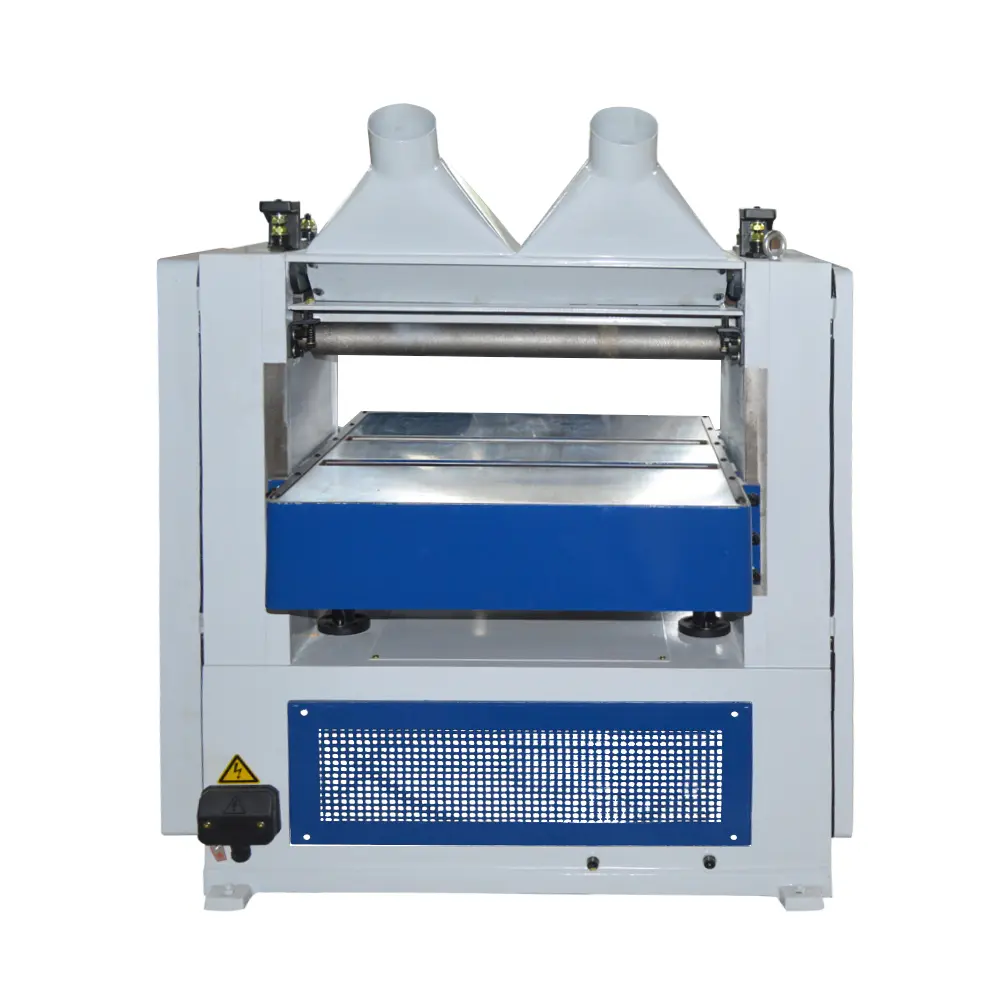How to Choose the Thickness Planer?
Introduction
When it comes to woodworking, a thickness planer is an essential tool for achieving smooth and uniform surfaces on your lumber. Whether you’re a professional woodworker or a hobbyist, selecting the right thickness planer can significantly impact the quality and efficiency of your projects. This comprehensive guide will walk you through the key factors to consider when choosing a thickness planer, ensuring that you make an informed decision that meets your specific needs and requirements.
1. Types of Thickness Planers
1.1 Benchtop Thickness Planers
Benchtop thickness planers are compact and portable, making them ideal for small workshops or occasional use. They typically have a cutting capacity of up to 13 inches in width and are designed to be placed on a workbench or table. These planers are generally more affordable and easier to store compared to their larger counterparts. However, their smaller size may limit the size of the boards they can handle.
1.2 Stand-Alone Thickness Planers
Stand-alone thickness planers are larger and more powerful, designed for heavier and more frequent use. They usually have a wider cutting capacity, often exceeding 13 inches, and can handle thicker boards. These planers are more suitable for professional workshops or those who require a higher volume of work. They often come with additional features such as more powerful motors and advanced dust collection systems.
1.3 Planer/Jointer Combo Machines
Planer/jointer combo machines combine the functions of both a thickness planer and a jointer in one unit. This can be a cost-effective solution for those with limited space or budget. However, these combo machines may not offer the same level of precision and performance as dedicated planers or jointers.
2. Key Features to Consider
2.1 Cutterhead Types
The cutterhead is one of the most important components of a thickness planer. There are three main types of cutterheads: straight, helical, and spiral.
Straight Cutterhead: This type typically contains 2 to 4 blades and is more affordable than other cutterheads. However, it is more likely to cause tear-out and can be noisier during operation.
Helical Cutterhead: Helical cutterheads have small square-shaped cutters arranged in a helical pattern. They offer a smoother finish and are less likely to cause tear-out. They are also easier to maintain since only the damaged inserts need to be replaced.
Spiral Cutterhead: Similar to helical cutterheads, spiral cutterheads have cutters aligned parallel to the axis of rotation. They provide a smooth finish and are quieter than straight cutterheads.
2.2 Motor Power
The motor power of a thickness planer is crucial for its performance. For cutting softwood, a motor with 1 to 1.5 HP is sufficient, while hardwoods require a motor with at least 2 HP. Additionally, the amperage rating of the planer should be considered, with 15 amps being the most suitable for most applications.
2.3 Cutting Capacity
The cutting capacity refers to the maximum width and thickness of the boards that the planer can handle. A 13-inch planer is suitable for most general woodworking tasks, but if you frequently work with wider boards, you may need a planer with a larger cutting capacity. Overloading the planer with boards that exceed its capacity can lead to poor planing quality and potential damage to the machine.
2.4 Cutting Depth
The cutting depth determines how much material can be removed in a single pass. A typical cutting depth of 1/8 inch is ideal for most woodworking projects. However, it is important to choose a planer that allows for adjustable cutting depth to accommodate different working requirements.
2.5 Speed
The speed of a thickness planer includes the cutterhead speed, cutting speed, and feed speed. A higher cutterhead speed, typically above 8,000 rpm, results in a smoother finish and fewer tear-outs. The cutting speed refers to the number of times the blades touch the boards per minute, while the feed speed determines how quickly the boards pass through the planer. Adjustable feed speeds allow for greater flexibility and control over the final finish.
2.6 Dust Collection
Dust collection is an important consideration when choosing a thickness planer, as these machines produce a significant amount of sawdust during operation. An efficient dust collection system helps maintain a clean and safe workspace, reduces health hazards, and prolongs the lifespan of the machine. Some planers come with built-in dust collection ports, while others may require an external dust collector.
2.7 Feed Rate Control
Feed rate control allows you to adjust the speed at which the wood is fed through the planer. This feature is crucial for achieving consistent and accurate cuts, reducing waste, and improving the overall finish of the wood. Adjustable feed rates provide greater flexibility and ensure that the planer can handle different types of wood and thickness requirements.
3. Additional Considerations
3.1 Durability and Warranty
The durability of a thickness planer is essential for long-term use and reliability. A well-constructed planer with high-quality components will withstand heavy workloads and require less maintenance. Additionally, a comprehensive warranty provides peace of mind and protects your investment.
3.2 Brand Reputation
Choosing a reputable brand known for its quality and customer support can make a significant difference in your experience with the thickness planer. Established brands often offer better warranties, spare parts availability, and customer service.
3.3 Budget
Your budget will play a crucial role in determining the type and features of the thickness planer you can afford. While it’s tempting to opt for the cheapest option, investing in a higher-quality planer with more features can save you time and effort in the long run. Consider your current and future woodworking needs to make a wise investment.
4. Conclusion
Choosing the right thickness planer involves careful consideration of various factors, including the type of planer, key features, and additional considerations such as durability, brand reputation, and budget.
Post time: Aug-06-2025

